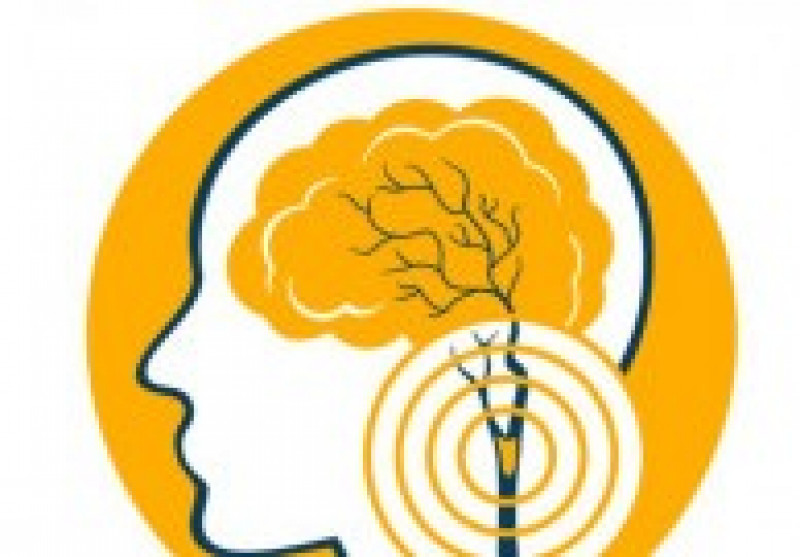
Seizure Study Guide
At EMTprep.com, all of our employees work in the EMS field. Unanimously, they felt like seizures were one of the topics where EMTs and Paramedics make a lot of mistakes with their terminology. It is our opinion that when people make errors in terminology, it is often the result of having forgotten much of what was learned on the subject. Our hope with this guide is to remind all of you what you may have forgotten over the years, and also deepen your knowledge on the subject of seizures in general. Whether you are preparing for the NREMT exam, an EMS employment exam, or just brushing up on your EMS knowledge, the information contained in this study guide should serve as a strong foundation.
First things first, what is a seizure?
- A seizure is a broad term used to describe a change in behavior that is caused by the abnormal firing of one or more groups of neurons within the brain.
According to a study done by Weiderholt in 2000, a neuron, when acting normally, will fire roughly 80 times per second. As we’ve mentioned, a brain needs three things to sustain a “happy” state. Those three things are oxygen, glucose, and a pump to transport the first two items. Thus, hypoxia (inadequate oxygen supply) and hypoglycemia (low blood glucose levels) are two things that can cause seizures. Both are common findings in EMS that we have the tools to fix.
What causes seizures?
- As mentioned above, hypoglycemia and hypoxia
- Injuries or conditions that apply pressure to the brain and/or increased intracranial pressure, ie:
- Bleeding in the brain or layers around the brain
- Tumors or abscesses
- Traumatic injuries
- Various electrolyte imbalances
- Recreational drug use
- Alcoholism
- Prescription medications
- A rapid increase in the core body temperature
Types of Seizures
Generalized Tonic-Clonic Seizures
- These types of seizures occur when there is an abundance of electrical activity across both hemispheres of the brain simultaneously. These will come on quickly, usually with little to no warning, and will drastically change the person’s level of consciousness.
- These types of seizures are by far the most dramatic to witness. The patient will lose consciousness very suddenly and then begin to violently shake. There are four phases of a tonic-clonic seizure:
- Aura: This can be any kind of abnormal sensation that precedes the beginning of the seizure.
- Tonic Phase: This is the unconscious and violent shaking phase.
- Clonic Phase: During this phase, the patient will have a rhythmic jerking followed by periods of relaxation.
- Postictal Phase: This is the altered mental status phase that a patient remains in as they slowly come out of the seizure.
Partial Seizures
- These types of seizures occur when there is an abundance of electrical activity along one hemisphere of the brain. Within the partial seizure realm, there are two sub-categories:
- Simple Partial Seizures: Occur without altering the patient’s mentation
- Complex Partial Seizures: Alter the patient’s mentation or level of consciousness
Febrile Seizures
- This is a type of generalized seizure babies and children have that is caused by a rapid rise in body temperature. These will typically last only a few seconds to a couple of minutes. However, they can last up to 15 minutes depending on a variety of factors.
What is status epilepticus?
This term is given to any single seizure that lasts longer than 30 minutes or any group of seizures that last for more than 30 minutes without the patient fully regaining consciousness between each one.
- Dozens of courses and topics
- State-specific requirements
- We report to CAPCE in real time


